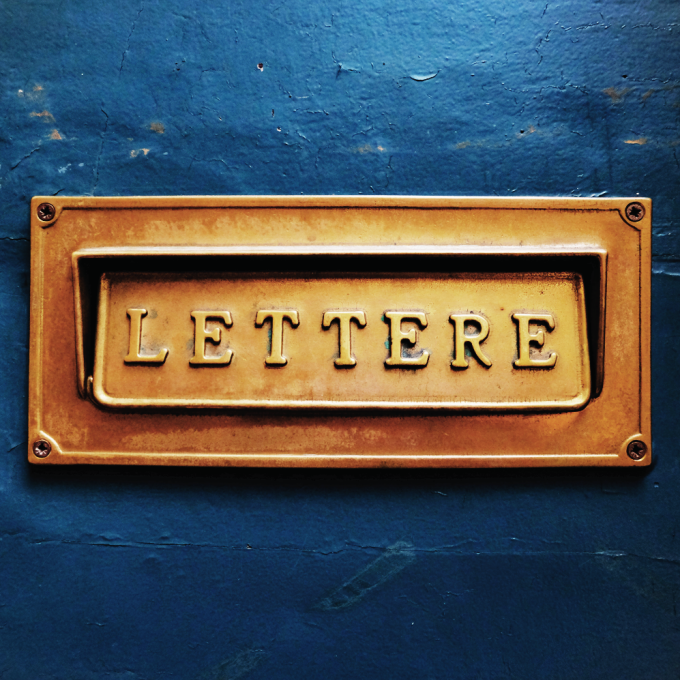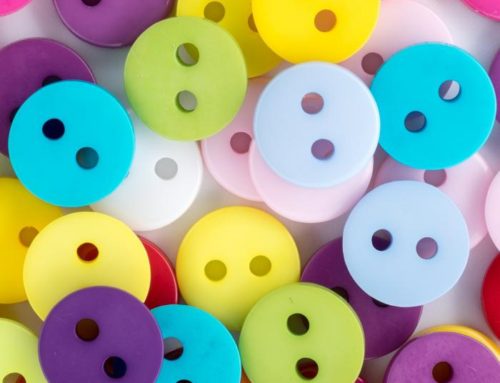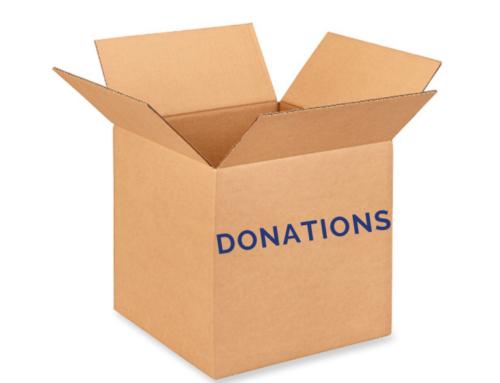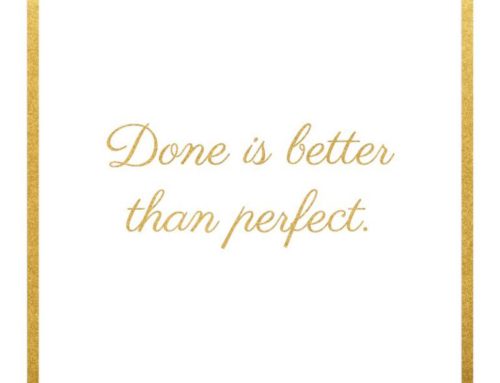Wanna know a secret? My ideal mailbox (the one outside the house, not the one on my computer or phone) is one that doesn’t have anything in it. Well, maybe a greeting card for a holiday or just because (the art and sentiment of the handwritten note is grossly undervalued, I think.) Did that just make me sound like a grandma??? Well, I still stand by it. Other than cards though, I really don’t want anything in my mailbox because I HATE paper clutter. If you never receive it, it can’t clutter up your home, right?
While I haven’t managed to get rid of all my paper mail, I have been able to greatly reduce it, by following the below steps:
-
Opt for paperless billing:
First, I opted out of paper bills. Bills in the mail are just depressing to begin with. Then they add clutter I have to deal with, and eventually shred. So much work and time wasted. Instead, I set up automatic payments to a credit card for my monthly reoccurring bills (like my cell phone and insurance and massage membership) so the only bills I need to pay monthly, are the credit cards.
To make paying my credit cards super easy, I’ve set the due dates to the first week of the month. Credit card companies generally let you adjust the due dates, or dates of your statements, so if you ever find yourself missing a due date, I suggest calling them up and having them changed to the same time every month so you can take care of them all during one sit-down. This also works with many utilities.
Now, when it comes to the last week of the month, I grab my checkbook and computer and spend about 15 minutes going online to my various credit card websites, reviewing the statements, and paying them. I also write my rent check (yep, still rocking checks to the 94-year-old landlord) at the same time, so I tackle all my finances in one event monthly. Most services, utilities, and credit card companies will let you set up your bills for automatic payment from your bank account which is even less time consuming. Personally, I’m a stickler for balancing my checkbook (yes, I use a paper ledger religiously) as I like to be in control of when money leaves my account and know exactly what is in there at any point (this is also why I don’t use a debit card, but that’s just me).
-
Remove yourself from direct mail lists:
Do you ever get mail from companies you’ve never shopped at or even heard of? If so, you are considered a ‘prospect’ to those companies. The best way, that I know of, to be removed from those national prospect direct mail lists, is through the Direct Marketing Association’s DMAChoice (dmachoice.org). Registering for DMAChoice costs $2 and lasts 10 years. Since DMA Choice accounts for 80% of the total volume of marketing mail in the US, I call that a great deal. Note: DMAChoice also allows you to register the names of deceased loved ones to a Deceased Do Not Contact list, as well as lists for caretakers to opt out of contests and sweepstakes for elderly friends and family.
Once registered for DMAChoice, you can remove yourself from prospect mail lists from the following categories: catalogs, magazine offers, and other mail offerings (like donation requests and bank offers). The site allows you to enter multiple addresses which I’m sure current occupants of your old addresses would appreciate. After all, the only thing worse than getting junk mail in your mailbox, is getting junk mail in your mailbox addressed to someone else. Note, these opt outs are only for prospect offers. If you receive offers from companies you’ve actually purchased from, you are considered a ‘customer’ of that company and will need to contact that company directly to be removed from their lists. One of the great things about DMAChoice is that they have links for thousands of catalogs, magazines, non-profits and companies that give specific instructions on being removed from customer direct mail lists.
To be removed from credit card prescreen offers, head to optoutprescreen.com (there’s a link to the site from DMAChoice as well). This free service is managed by the credit bureaus and the electronic opt out lasts for five years. There’s also an option to opt out of credit card offerings for life by printing and sending in a form (I’m too lazy to do this just yet so I’ve settled for the five-year plan).
The last category of unwanted direct mail I receive is coupons. Don’t get me wrong, I love a good coupon. But I don’t ever actually use the ones that come in those coupon packs. I used to put them aside saying I would go through them eventually. If I ever did, there would maybe be one in the bunch that I would even consider using. It inevitably would be for a service I didn’t typically use (which I know is the purpose of the direct mail coupons) and I’d never use it or never have it with me when I could use it. In general, I just find electronic coupons way more convenient. The most prevalent coupon mailers I see are Valpak and RetailMeNot Everyday (formerly Red Plum). To be removed from these lists use these links: Valpak and RetailMeNot Everyday and enter your address EXACTLY as it appears on your incoming mail.
-
File temporary address changes with USPS only:
Lastly, whenever you move, consider NOT filing a permanent change of address with the US Postal Service (USPS). USPS sells permanent change of address information to more than 500 companies according to privacyrights.org. That was a surprise to me! Instead, contact any companies, that need your new address on file, directly to change your address. Filing a temporary change of address for six months is a good idea to make sure items sent to your old address are forwarded to the new one (should you have missed any important companies when you reached out directly). Addresses on this list are not sold to companies and you can extend the six months to a year if necessary.
While I haven’t managed to completely rid myself of mail clutter, I have managed to greatly reduce it by following the steps above. The change didn’t happen overnight, as many lists are only updated quarterly, but I have noted a big difference. It requires a bit of upfront work, but I think the payoff of less clutter in my home is worth it. Did I miss any steps you have used?
As always, I hope you found this post interesting, informative, inspiring, or entertaining (I’ll take any one as a success). If so, please let me know in the comments section. Also let me know if there is anything you’d like to see on this blog by writing me at feedback@theorganizingblonde.com.
XOXO,
The Organizing Blonde







Leave A Comment